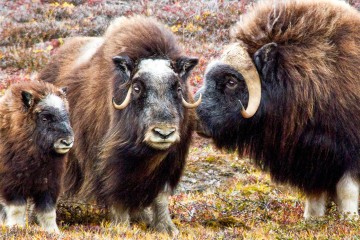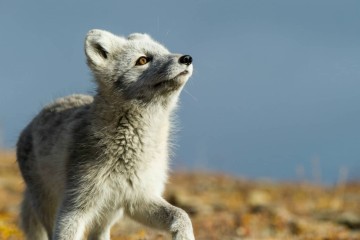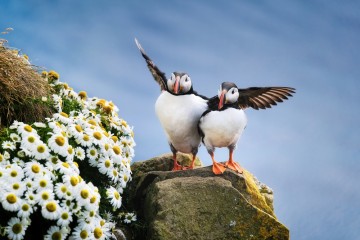Complete West Greenland
Tour Overview
Discover the wild beauty of West Greenland on this extraordinary voyage, from Ilulissat's icebergs to Nuuk's lively streets.
This adventure spans Greenland’s West Coast, taking you from the majestic glaciers of Evighedsfjorden to the dramatic mountains of Uummannaq. Experience the warmth of Itilleq’s hospitality and the striking landscapes of Kuannit’s rock formations, as you explore one of the last true wildernesses on Earth.
Uncover the beauty of Greenland’s remote villages, ice-covered fjords, and towering peaks. With each destination, Greenland’s vibrant culture and unique way of life come alive. Visit the bustling town of Sisimiut, trek through the surreal rock formations of Qeqertarsuaq, and explore the stunning fjords of Uummannaq.
As we sail southward, you’ll have the opportunity to marvel at the awe-inspiring Eqip Sermia Glacier and explore the world-renowned Ilulissat Icefjord, a UNESCO World Heritage Site. Experience traditional hunting and fishing methods in the remote village of Itilleq, and witness the stunning glaciers and crystal-clear waters of Evighedsfjorden.
Join us aboard the modern Ocean Albatros, a state-of-the-art vessel designed to navigate polar waters. With Ocean Albatros’ fleet of Zodiacs, we will take you to even the most inaccessible parts of Greenland.
Join us for this once-in-a-lifetime adventure and uncover Greenland’s untouched beauty.
Viva's Best Bits...
With mix Inuit culture and modern influences, Nuuk offers colorful colonial houses, rich history and breathtaking landscapes. Whether hiking, kayaking, or experiencing local art, this charming city promises an unforgettable adventure.
Glide above the Arctic Circle and marvel these majestic giants break off from the powerful Sermeq Kujalleq glacier, the most dynamic glacier outside of Antarctica.
This adventure also lets you experience local life in villages includingthe settlement of Itilleq. Here locals enjoy modern life combined with tradition, in an area where Arctic char, reindeer, and muskoxen are plentiful.



